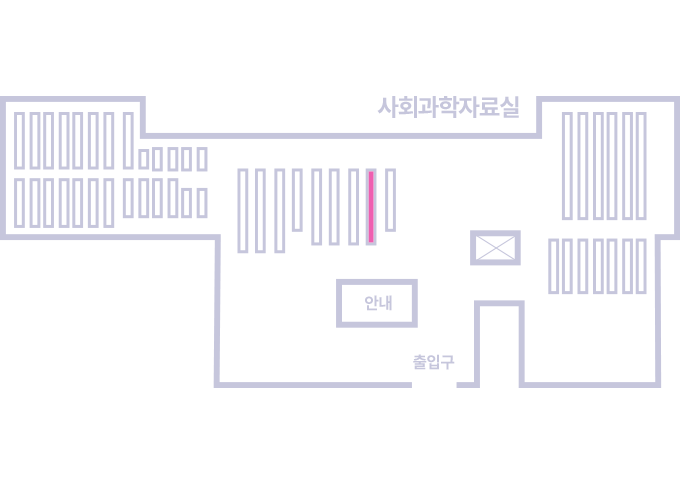권호기사보기
| 기사명 | 저자명 | 페이지 | 원문 | 기사목차 |
|---|
| 대표형(전거형, Authority) | 생물정보 | 이형(異形, Variant) | 소속 | 직위 | 직업 | 활동분야 | 주기 | 서지 | |
|---|---|---|---|---|---|---|---|---|---|
| 연구/단체명을 입력해주세요. | |||||||||
|
|
|
|
|
|
* 주제를 선택하시면 검색 상세로 이동합니다.
표제지
목차
Ⅰ. 서론 10
Ⅱ. 재료 및 방법 17
1. 재료 17
1.1. 실험재료 17
1.2. 시약 및 기기 18
2. 부아메라 용매분획물의 항산화 활성 및 항균 활성 평가 19
2.1. 시험 용액 제조 19
2.2. 항산화 활성 20
2.3. 항균 활성 22
2.4. 통계 처리 23
3. 미생물 발효에 따른 부아메라의 항산화 활성 및 효소 저해 활성 평가 24
3.1. 시험 용액 제조 24
3.2. 항산화 활성 26
3.3. 효소 저해 활성 28
3.4. 통계 처리 29
Ⅲ. 결과 및 고찰 30
1. 부아메라의 항산화 활성 평가 30
2. 부아메라 용매분획물의 항산화 활성 및 항균 활성 평가 31
2.1. 항산화 활성 31
2.2. 항균 활성 41
3. 미생물 발효에 따른 부아메라의 항산화 활성 및 효소 저해 활성 평가 44
3.1. 사용균주에 따른 부아메라 발효물의 수율 44
3.2. 항산화 활성 45
3.3. 효소 저해 활성 평가 55
Ⅳ. 결론 59
1. 부아메라 용매분획물의 항산화 활성 및 항균 활성 59
2. 미생물 발효에 따른 부아메라의 항산화 활성 및 효소 저해 활성 60
Ⅴ. 참고문헌 62
ABSTRACT 73
Fig 1. Buamera's appearance 10
Fig 2. Sample preparation process 17
Fig 3. Solvent fractionation chart of Buah Merah(Pandanus conoideus) 19
This study was conducted to investigate the antioxidant activity, antibacterial activity, and enzyme inhibitory activity of Buah merah. The results of antioxidant activity and antibacterial activity through solvent fraction were as follows. The phenol content were 0.6~2.0 mg/g GAE, dichloromethane fraction showed the highest. Total flavonoid, it was found to be 0.1~2.7 mg/g CE, dichloromethane fraction showed the highest. FRAP measurement, it was found to be 5.1~44.8 mM/g, dichloromethane fraction showed the highest and have significant difference in activity. In ABTS radical scavenging activity, the IC50 value was 3.2~27.7 mg/mL, dichloromethane fraction showed significantly the highest activity. In DPPH radical scavenging activity, the IC50 value was 1.6~48.41 mg/mL, dichloromethane fraction showed significantly the highest activity.
There was found that each fraction showed antimicrobial activity in the experiment. In the case of the hexane fraction, E. cloacae and B. cereus showed the highest antimicrobial activity, and the dichloromethane showed the highest in S. aureus and E. coli. The butanol showed the highest in S. aureus, B. cereus and S. enterica, and the water showed the highest S. enterica and S. aureus. Based on the all results, it was found that the activity of dichloromethane was the most active and effective in the solvent fraction of buah merah.
To the next, study was conducted to investigate the antioxidant activity and whitening activity of freeze-dried buah merah by microbial fermentation. The total phenol content was 6.7~16.7 mg/g GAE, BS showed the highest. The total flavonoid content was 4.1~18.6 mg/g CE, BS showed the highest. As a result of the FRAP measurement was 10.8-29.9 mM/g, BS showed the highest activity. In contrast, in DPPH radical scavenging activity, the IC50 value was 1.4~3.1 mg/mL and CU showed the highest activity. In the ABTS radical scavenging activity, the IC50 value was 1.4~4.1 mg/mL and LC showed the highest activity. In the above two experiments, the BS showed the lowest activity.
The tyrosinase inhibitory activity, BS(10.9%) showed the highest, at a concentration of 5 mg/mL, and CU(25.9%) showed the highest, at a concentration of 10 mg/mL too. But all samples were lower than that of kojic acid(98.8%). The elastase inhibitory activity, CU(41.5%) showed the highest, at a concentration of 5 mg/mL, and CU(45.3%) showed the highest, at a concentration of 10 mg/mL too. Except LP, all fermentation samples were higher than that of ascorbic acid(43.3%) in the concentration of 10 mg/mL.
As a result of the above studies, This study was able to conclude that it would be helpful for enhancing the availability of Buah merah and its use as a health functional food since it contains high antioxidants and antimicrobial activity. but it is thought that it is necessary to investigate more detailed research about buah merah effect in the future.*표시는 필수 입력사항입니다.
| 전화번호 |
|---|
| 기사명 | 저자명 | 페이지 | 원문 | 기사목차 |
|---|
| 번호 | 발행일자 | 권호명 | 제본정보 | 자료실 | 원문 | 신청 페이지 |
|---|
도서위치안내: / 서가번호:

우편복사 목록담기를 완료하였습니다.
*표시는 필수 입력사항입니다.
저장 되었습니다.